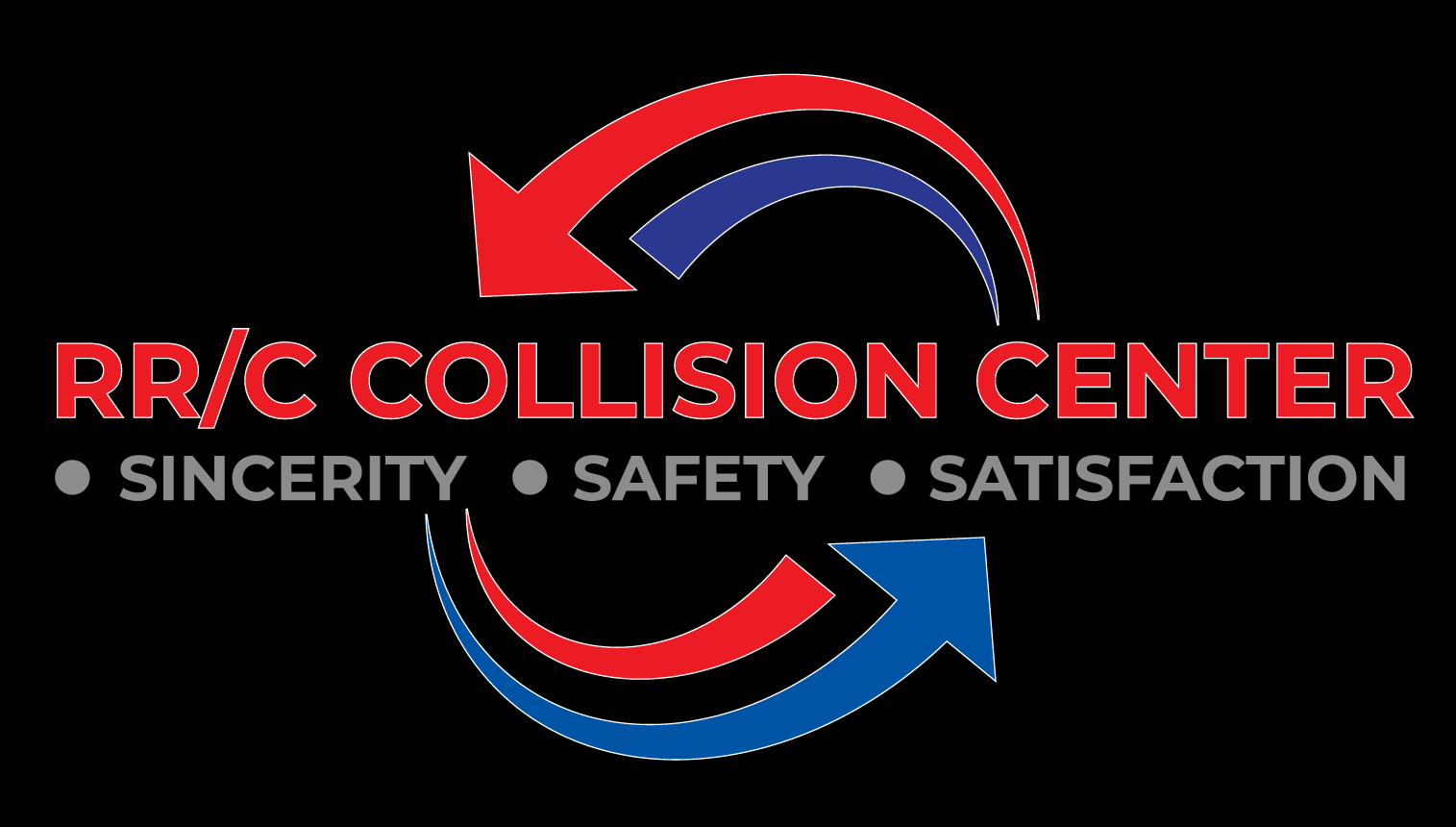When your vehicle is in need of collision repairs, one of the key decisions you’ll have to make is whether to opt for Original Equipment Manufacturer (OEM) parts or aftermarket alternatives. Each choice comes with its own set of pros and cons, and understanding them can help you make an informed decision that suits your specific needs.
Pros of OEM Parts
OEM parts are manufactured by the same company that built your vehicle. Here are some advantages of using OEM parts for collision repairs:
- Quality Assurance: OEM parts are designed to meet the exact specifications and standards set by the manufacturer. This ensures that the parts will fit perfectly and function as intended, maintaining the original quality and performance of your vehicle.
- Warranty Coverage: OEM parts often come with warranty coverage, providing you with peace of mind in case of any defects or issues. This warranty is typically backed by the vehicle manufacturer and may offer additional protection compared to aftermarket parts.
- Compatibility: OEM parts are guaranteed to be compatible with your vehicle, reducing the risk of fitment issues or compatibility conflicts that can arise with aftermarket parts. This ensures a smoother repair process and helps maintain the structural integrity of your vehicle.
Cons of Aftermarket Parts
While aftermarket parts can be a more affordable option, there are some potential drawbacks to consider:
- Quality Variability: Aftermarket parts are produced by third-party manufacturers, leading to variability in terms of quality and fitment. Some aftermarket parts may not meet the same level of quality and precision as OEM parts, potentially impacting the performance and longevity of your vehicle.
- Lack of OEM Warranty: Most aftermarket parts do not come with a warranty from the vehicle manufacturer. This means that if any issues arise, you may have limited recourse for replacement or reimbursement.
- Potential Compatibility Issues: Due to differences in design and manufacturing processes, aftermarket parts may not fit as precisely as OEM parts. This can lead to additional labor costs and potential compromises in safety and functionality.
Conclusion
When deciding between OEM and aftermarket parts for collision repairs, it’s important to weigh the pros and cons carefully. OEM parts offer quality assurance, warranty coverage, and compatibility, but they often come at a higher price. On the other hand, aftermarket parts can be more affordable, but they may lack the same level of quality control and warranty coverage. Ultimately, the choice depends on your budget, preferences, and the specific circumstances of your repair. Consulting with a trusted automotive professional can help you navigate this decision and ensure that your vehicle is restored to its optimal condition.
